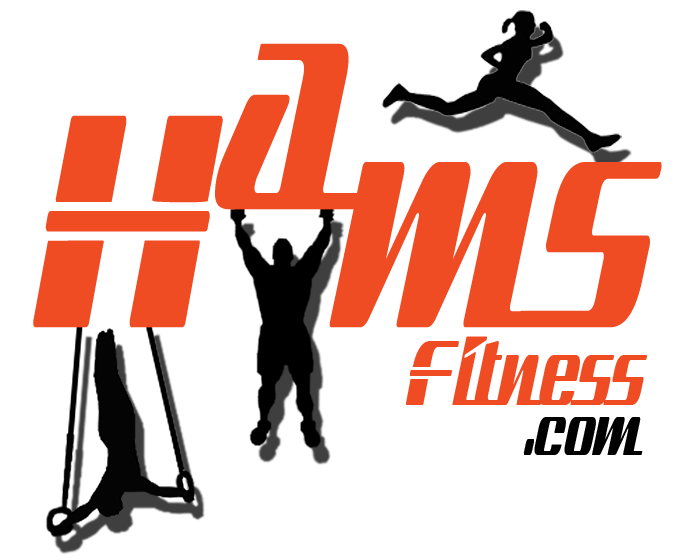Gloves and Squishy Workout Trainers
You likely train with barbells along your quest to get stronger, look better or perform better and rightly so: as a Personal Trainer I find that barbells are one of my most favoured tools.
Barbells tend to have a deep knurling on the bar to allow for a more secure grip, which is great. However it tends to cause callouses after a few hard sessions and although I find it to be a badge of honour, many do not.
Which leaves many people turning to the use of lifting gloves to reduce this effect. BAD move. This will only serve to reduce to amount you can lift for two major reasons:
[DAP errMsgTemplate=”LONG”]
1) It has the effect of increasing the diameter of the grip, which in turn makes the bar harder to hold on to and thus leads to a faster rate of fatigue. Meaning your work is terminated earlier than it needs to be.
2) Due to a complex network of mechano receptors our wonderful nervous system has, we will be reducing the potential power output our bodies can display when we add a soft surface to the equation. bad.
A similar situation occurs with soft soled running shoes: they are designed to absorb impact. We want all our force to be transmitted to the object being moved, in this case, a barbell. In a sprinters case, the floor.
The softer your shoes, the more energy you allow to be absorbed and wasted.
A great analogy for the shut down of the nervous system from squishy surfaces and unstable bases was made clear to me by Russian Kettlebell master, Pavel T. He eloquently said:
“It is like shooting a canon from a canoe”
Our body will sense a dangerous stability situation and reduce power output to within safer margins.
Gloves and squishy shoes have a place in training, just not this place.
Callouses? Pumice stone.
Squishy shoes? get some deck shoes or plimsolls when you lift. Better yet, do as I do and lift bare foot.
[/DAP]
